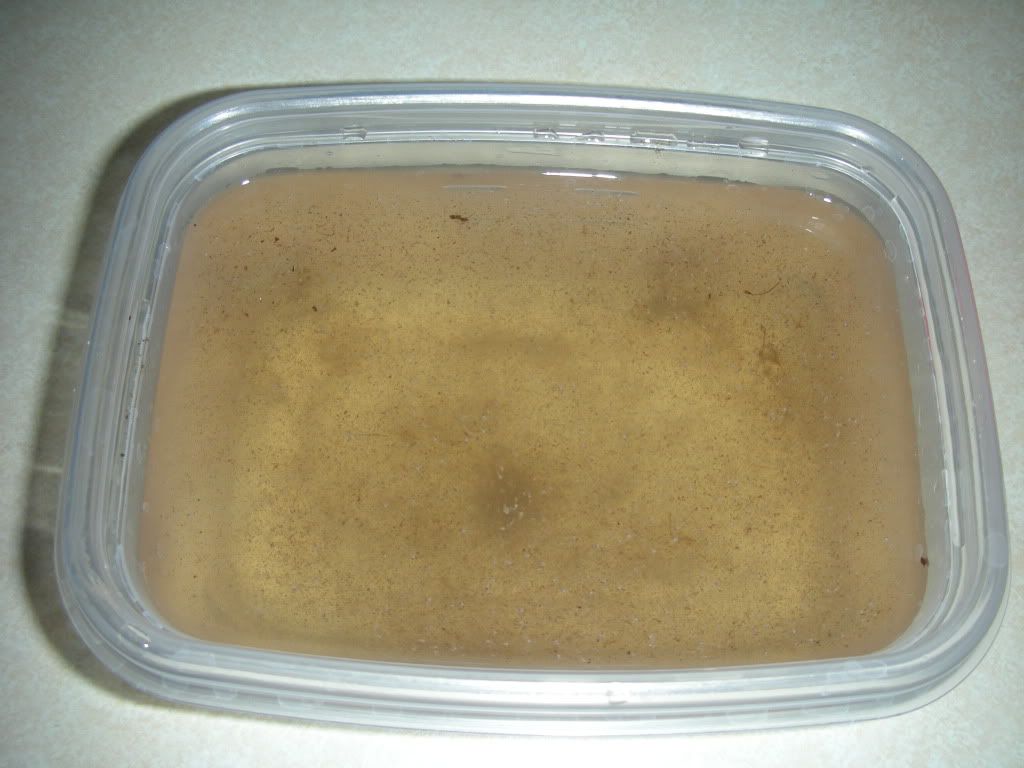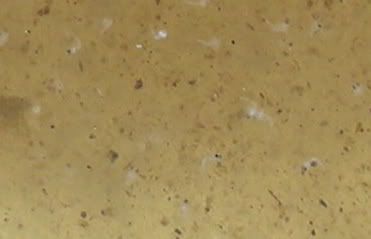Ooh! Scientific literature time! My favorite!
Well, actually it has been done successfully in laboratory settings since the 1960's by Anthony Provenzano (he wrote a paper entitled "The Larval Development of the Tropical Land Hermit
Coenobita clypeatus in the Laboratory" (
http://www.jstor.org/discover/10.2307/2 ... 9033926527). I have a copy of this paper and can email a PDF of it to anyone who's interested, (send me a PM). It's actually got lots of diagrams of the different developmental stages so it's pretty cool. (EDIT: Similar diagrams are also in the Brodie and Harvey paper on
C. compressus that both Wodesorel and I posted a link to so you can view them there if you want)
Al-Aidaroos and WIlliamson did a similar study on
Coenobita scaevola (closely related to
C. rugosus I believe) in 1989 (
http://www.tandfonline.com/doi/abs/10.1 ... 71#preview). Alan Harvey studied
C. variabilis in 1992 (
http://www.jstor.org/discover/10.2307/1 ... 9033926527). And the link Wodesorel posted is Harvey and Brodie's published study of
C. compressus in 2001 (
http://si-pddr.si.edu/jspui/bitstream/1 ... Harvey.pdf).
Essentially, getting zoea is probably the easiest part, given you don't have to do anything regularly. So essentially the protocol is to check for zoae daily, and separate them out into small, temperature controlled containers. Then raise them on brine shrimp, changing their water after feedings. Offer them shells once they've reached the later stages of development, and give them some land to crawl up on. Once they start becoming terrestrial I presume a small tank with a shoreline setup would be useful, and you could presumably house a bunch in there.
I haven't read through all these articles completely, but I know the Brodie and Harvey paper on
C. compressus got them to take on shells, become terrestrial, and successfully molt.
I'm a marine ecology graduate student, and I've actually raised
Cassiopea jellyfish larvae using nearly the exact method (4 ml water containers, fed brine shrimp 3 times weekly, water changes 3 times weekly), and it isn't difficult at all. It just ends up being a lot of work, requiring a lot of precision (measuring salinity of SW, not letting algae grow in the individual containers) and a lot of resources (deionized water, temperature controlled room with controlled lighting). I did it all in my laboratory, and I can't imagine being able to do it successfully in my home.
Ultimately, the reason why this isn't a commercial option (as opposed to harvesting wild crabs) is because of the time and money it would cost to pay people to raise them from zoea. Even at minimum wage, you're looking at least $100/week to pay someone to raise your larvae. Multiply that by the 8 weeks it takes to develop from hatched zoae, and you're looking at up to $1000 for 1 batch of crabs, and that's only counting labor, not supplies/resources. I feel like I'm writing a novel here, so I'll stop for now hahahaha





